Future Gadgets
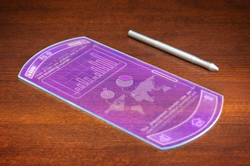
The future is unfolding all around us. Over the next decade we will see a slew of new products that we can hardly imagine today.
Disclaimer: The information and links found on this site are for educational purposes only. Future For All makes no endorsement, expressed or implied, of any links to or from its site.
Future Phones
Future phones will be more than just phones, they will be all of your mobile devices combined into one. They may be transparent, flexible, self-cleaning, and shape-shifting, but one thing is for sure, they will be cool.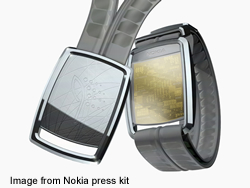

The Nokia Eco Sensorconcept consists a wearable sensor unit which can sense and analyze your environment, health, and local weather conditions, and a dedicated mobile phone.
The ABC's of RFID
Radio Frequency Identification, (RFID), is poised to play a large role in improving customer service at your local retail store and you may never even know it is there.
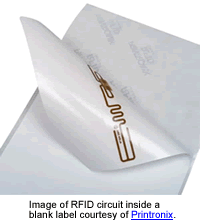 What is RFID?
What is RFID?
The overall concept of RFID is simple. Identify an object wirelessly. It is not much different from the bar codes seen on many products today. The advantage of RFID is the distance at which the product can be scanned (up to three meters away), and unlike bar code laser scans, the RFID reader does not need to "see" the object it is scanning. This allows a RFID reader to scan every product in your cart at checkout without removing them, or it can alert an inventory control manager that he needs to refill the shelves after Mrs. Jones stocks up on her special brand of cat food.
An RFID system consists of an RFID tag, which is made up of a tiny microchip and antenna, and an RFID reader. The RFID tag, which is small and flexible enough to fit inside a label, has internal memory that can store information about the product the label is adhered to. Some "smart labels" do not require batteries as they get their power from the radio waves transmitted by the reader. This type of smart labels are called passive because they don't emit any signal on their own. The newest RFID smart labels operate near the same frequency band as a cordless phone.
What are the Benefits of RFID?
Retail stores say they will use RFID to improve service and to reduce operating costs which could help lower prices. The biggest benefit to consumers will be better merchandise availability by ensuring that products are available when you need them. RFID can also keep track of expiration dates and let the manager know when it is time to remove an item from the shelves. RFID can be used in many ways to improve customer service, save time and reduce costs.
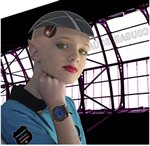
Wearable Computers
Smart clothing design requires a team of artists, designers, scientists and engineers bringing their individual talents together to create garments that are as appealing as they are functional.
The Future of Books
Electronic ink, flexible displays and wireless connections are changing the face of books.
Bionic Eye
Computer monitors the size of your cornea. Telescopic vision, but the first pair of electronic contact lenses will most likely be for a better application to aid the vision-impaired.
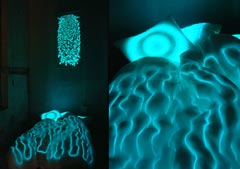
No comments:
Post a Comment